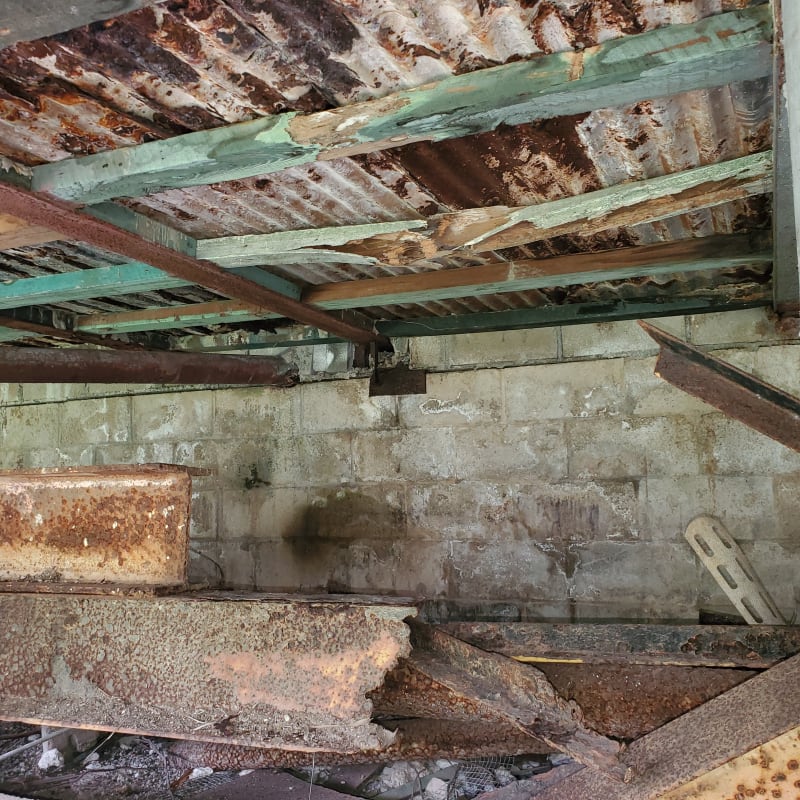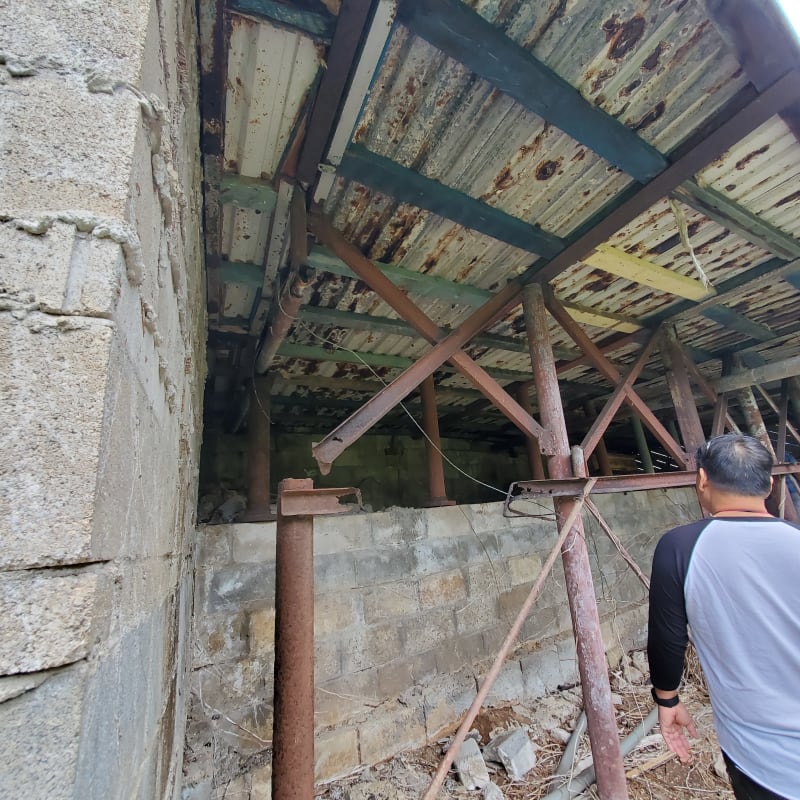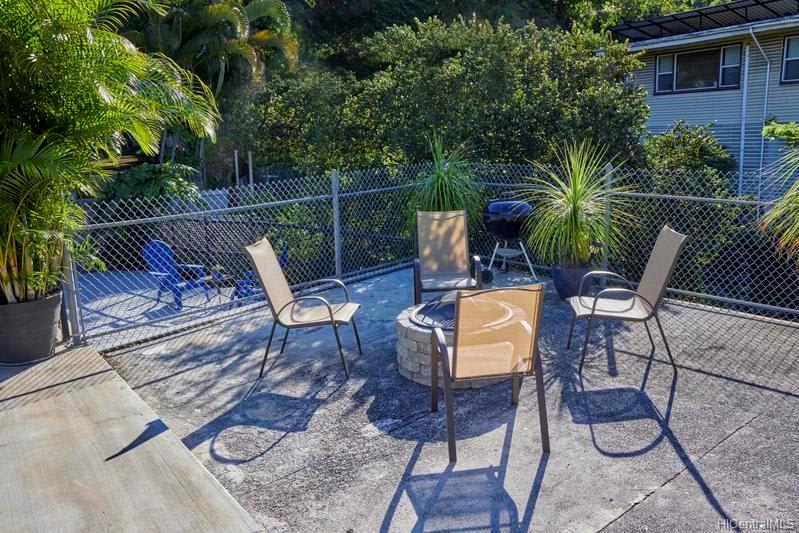STrctPono
Structural
- Jan 9, 2020
- 706
The longer you look, the worse it gets....
I'm helping a colleague as they are in escrow to buy this house. I'm headed out tomorrow morning to take a look at it in person.
This portion of the outdoor lanai is a concrete topped metal decking (however, I don't think that is a metal deck and looks more like corrugated roof panels??)
I am certainly going to have a punch-list of things to do, based on priority, however the one thing I keep coming back to is the metal deck itself. It is going to continue to get worse and I have no idea how much concrete topping is poured above, therefore I have no idea if the metal deck is necessary or if it is more of a stay-in-place formwork. Given the quality of construction, I would think this Contractor didn't pour an ounce more of concrete than was absolutely necessary... What do you think?
Either way, I'm thinking that to stop the progressive corrosion of the underside of the metal deck it should be abrasive blasted and then repainted. Additionally, I am thinking that the top of the concrete should be sealed with an epoxy flood coat or something similar to slow moisture infiltration. Any thoughts?



I'm helping a colleague as they are in escrow to buy this house. I'm headed out tomorrow morning to take a look at it in person.
This portion of the outdoor lanai is a concrete topped metal decking (however, I don't think that is a metal deck and looks more like corrugated roof panels??)
I am certainly going to have a punch-list of things to do, based on priority, however the one thing I keep coming back to is the metal deck itself. It is going to continue to get worse and I have no idea how much concrete topping is poured above, therefore I have no idea if the metal deck is necessary or if it is more of a stay-in-place formwork. Given the quality of construction, I would think this Contractor didn't pour an ounce more of concrete than was absolutely necessary... What do you think?
Either way, I'm thinking that to stop the progressive corrosion of the underside of the metal deck it should be abrasive blasted and then repainted. Additionally, I am thinking that the top of the concrete should be sealed with an epoxy flood coat or something similar to slow moisture infiltration. Any thoughts?



